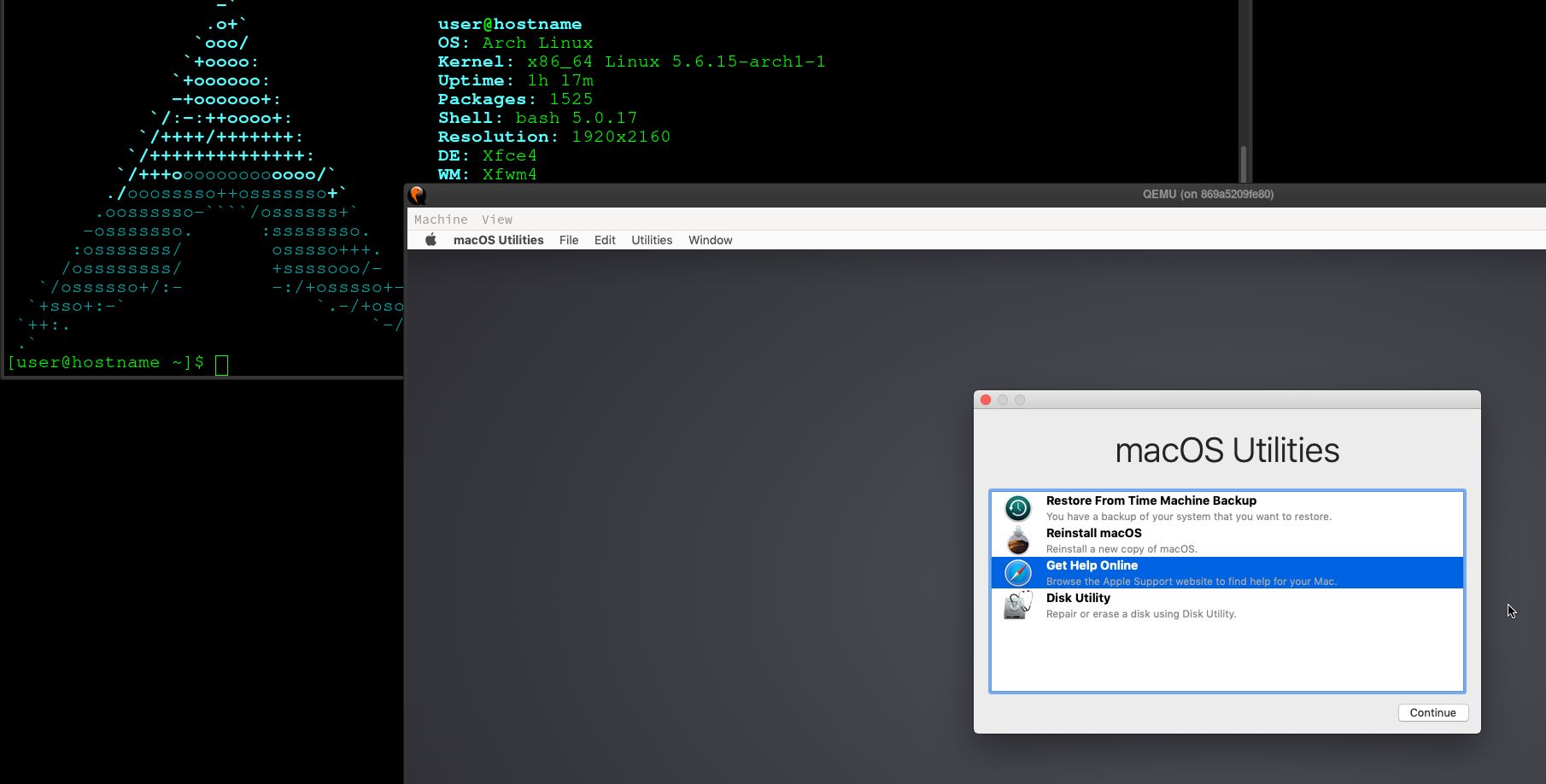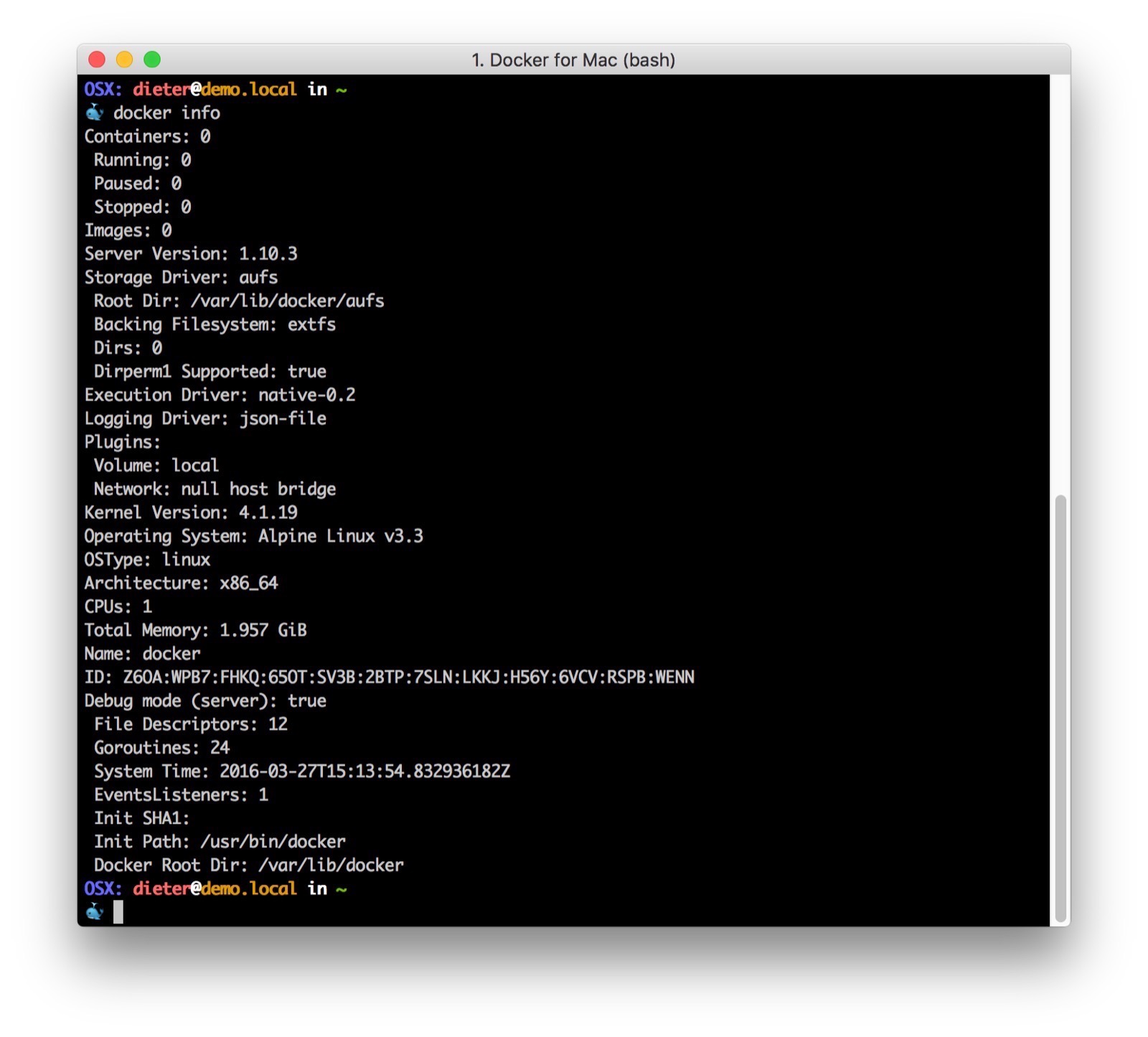

env file which leverages compose's overlay capability. Here is how we added docker-sync to both our Lambda & Container Rails projects.įirst, we created or added this line to our projects. After some careful research I found docker-sync was the easiest to adopt while addressing the concerns above. There are tons of solutions out there from Docker Machine to dinghy.


But how can we do this with the following value questions: But in the meantime we need Docker unlocked for development for our predominantly MacBook driven engineering teams. Part of me would like to believe that a Twitter ❤️ by the VP of Product for Docker might mean they can be trusted to reverse course on trying to, yet again, write their own file system. It has been this way for years and as such the internet is littered with solutions and hacks. But I think we can all admit that Docker Desktop for Mac with large projects has downright horrible filesystem performance. I never like to speak poorly of anyone's or company's work. In your docker-compose.yml file under your application or service, add or merge these environment/volume settings below.Įnter fullscreen mode Exit fullscreen mode Could there be a unified SSH pattern? Yes! Here is what I found works. All of them however speak to a specific platform or language's package manager.
Docker for mac vs dinghy how to#
The internet is full of posts on how to solve this. For Node this often required crazy hacks to the package.json file too. But this required special platform-specific tooling for both local development and our CI/CD pipelines. A very common use case for us at Custom Ink and I suspect many large companies.įor a long time we used GitHub access tokens. Access to private Ruby gems or Node packages hosted on GitHub. Remember that promise I made on the commoditization of CI/CD because all local development & testing happens with Docker? There is one gotcha.
Docker for mac vs dinghy code#
Give it a go and deploy a starter Rails application to Lambda or have a look at the code if you want. This allows other bin script like running one off tasks or console access all avoid starting an superfluous server process.Ĭurious what this looks like? Our Lamby Quick Start leverages an AWS Lambda cookiecutter project that adopts both these script conventions and docker-compose patterns.
Docker for mac vs dinghy series#
This is the first part in a series on how we use Docker for Rails on AWS Lambda at Custom Ink.


 0 kommentar(er)
0 kommentar(er)
